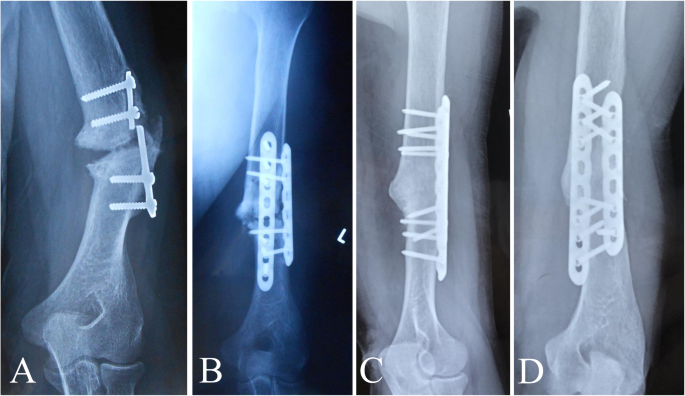Bone grafting is done to repair the bones when it’s not healing correctly or when a severe fracture occurs. Grafting works by fusing two adjoining bones. This is done to also treat chronic pain. Many bone grafting methods are available including autograft, allograft, and synthetic bone graft.
Bone grafting is a surgical procedure that can help promote the natural bone-making process of the body. Bone grafting works by:
- Applying substances to the gaps in deficient, broken, or weak bones. This is done for added support.
- Stimulating the growth of tissue to bridge gaps. This can also help restore bone rigidity and strength.
Good Candidates for Bone Grafting
Bone grafting may be done after a fracture to ensure the bone heals correctly. Some may experience the following after bone grafting:
- This occurs when bone fusion does not occur.
- Delayed union. This occurs when fusion or bone healing occurs slower than expected.
- This refers to bones that heal in an abnormal position.
You are considered a potential candidate for bone grafting if:
- You have bone defects/deficiencies caused by diseases such as osteonecrosis and osteomyelitis or bone infection
- You have experienced trauma (this includes fractures that shatter the bones)
- You have spinal fusion
- You have congenital anomalies (i.e., abnormally small chin or uneven limbs)
- You have had joint replacement surgery that might require growth of bone to keep an artificial joint in place
- You are getting a tooth implant but have excessive bone loss from the tooth extraction
What to Expect During the Procedure
During bone grafting, below are some of the things you can expect:
- You will be given anesthesia that can block sensation and put you to sleep
- An incision will be made so the bone that needs grafting can be accessed
- The bone will be cleaned and any diseased tissues are removed so it is ready for grafting
- The graft will be applied and secured in place utilizing various surgical techniques (this can include screws or plates)
- The incision will be closed using stitches
Bone Grafting Risks
Just like any surgical procedures, bone grafting can also come with certain risks. Some of the risks can include:
- Scarring
- Blood loss
- Fractures
- Chronic pain
- Infection
- Bone healing problems
Bone Grafting Material
Different types of bone grafting material have different pros and cons. For instance:
Autograft (graft is harvested from the same patient)
- There is very minimal chance of infection of the graft
- There is zero risk of transmission of disease from the graft material
- Since bone-growing cells will be in the graft, the possibility of successful bone healing is higher
Allograft (graft is from another person)
- Won’t require taking tissues from other bones
- Although the bone tissue is sterilized, the risk of cross infection by the donor bone if any, is low but not zero
Synthetic Bone Graft
- The process is sterile
- Since several options are available, it’s easier to meet a wider range of medical needs
- There is unlimited sterile supply of this type of graft
What to Expect After Bone Grafting
The graft material will fuse (grow into) the nearby bone tissue over time. The fusion can take anywhere from a few months to up to a year. Recovery period will depend on a few factors including the location and size of the bone graft. Other key factors that will be considered include the patient’s age and the overall health status.
Outlook for Bone Grafting
Bone grafts can heal without any issues in most cases. However, there are also very rare instances when recovery from the procedure won’t go as planned. Some of the possible issues bone grafting patients can encounter include:
- Nerve damage
- Infection
- Bone graft rejection
You need to get in touch with your doctor right away if you experience any of the following symptoms:
- Fever
- Unusual drainage, swelling, or bleeding near the incision
- Neuropathy (tingling or numbness) near the site of the graft
- Severe pain that won’t respond to medications

